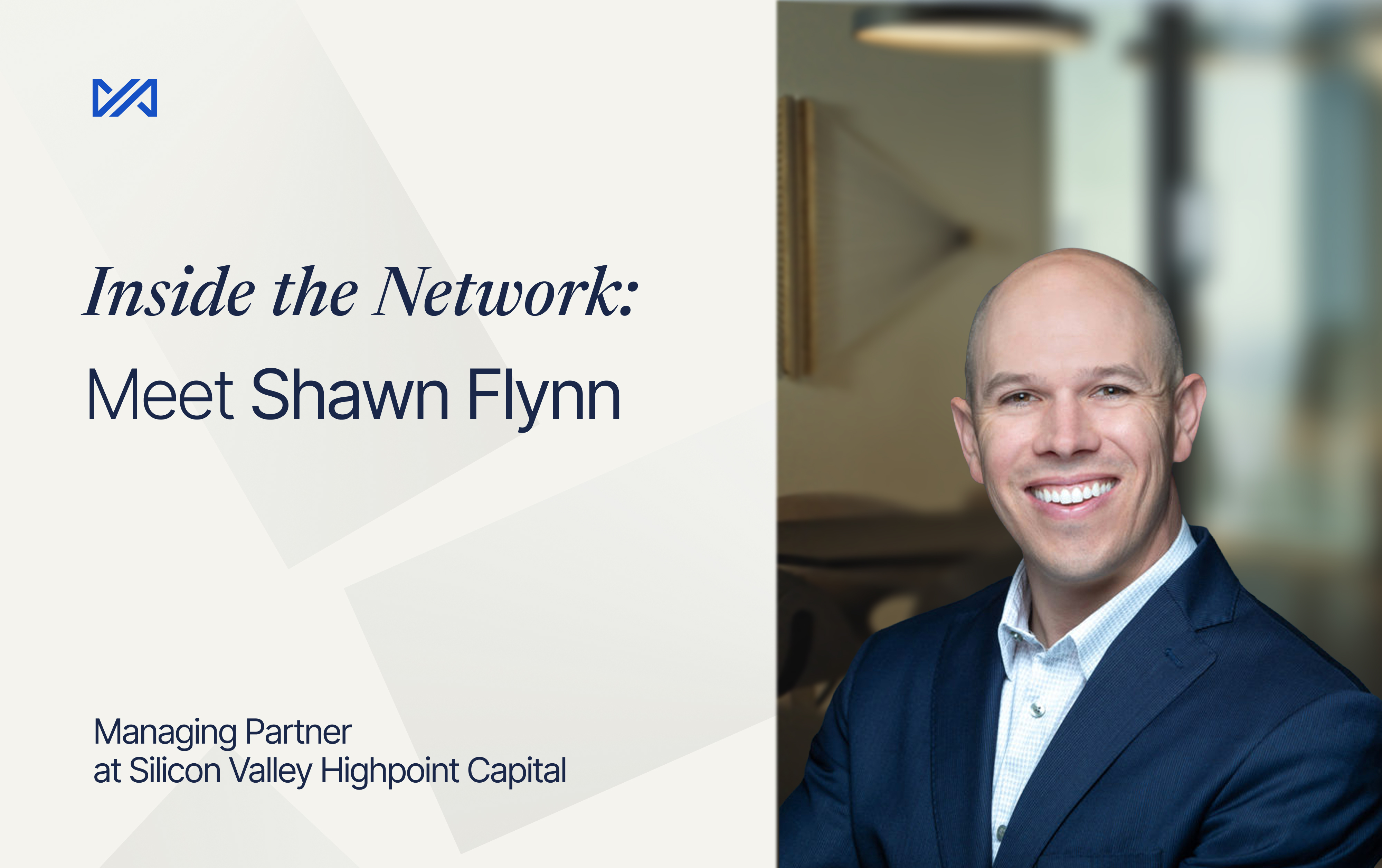Navigating U.S. Markets Without a U.S. License
Cross-border capital has always been a balancing act: the opportunity to access U.S. investors weighed against one of the most demanding regulatory environments in the world.
For non-U.S. broker-dealers, that tension crystallizes in a single question: How can you market to U.S. institutional investors without registering as a U.S. broker-dealer?
The answer lives in Rule 15a-6 (SEC), a framework the SEC introduced in 1989. It created a narrow—but powerful—set of exemptions, the most important of which is chaperoning. Done right, chaperoning allows international firms to access U.S. deal flow with the support of a U.S.-registered broker-dealer. Done wrong, it exposes firms to enforcement risk and reputational damage.
Rule 15a-6 at a Glance
At its core, Rule 15a-6 recognizes that global capital can’t stop at the U.S. border. It permits non-U.S. broker-dealers to interact with certain classes of U.S. investors without SEC registration, provided strict conditions are met.
The rule defines four primary pathways:
- Unsolicited trades – servicing U.S. investors who reach out to you.
- Research distribution – sharing research with large institutional investors (MUSIIs).
- Chaperoned solicitation – engaging U.S. institutions through a U.S. broker-dealer.
- Limited transactions – with specific categories like international organizations or foreign persons temporarily in the U.S.
The most commercially relevant path is chaperoning under 15a-6(a)(3).
How Chaperoning Works
Think of chaperoning as a joint venture in compliance.
The non-U.S. broker-dealer originates the relationship, but the U.S. broker-dealer executes the trade and assumes defined regulatory duties:
- Issuing confirmations and statements
- Safeguarding funds and securities
- Maintaining books and records
- Meeting SEC net capital and custody requirements
For U.S. institutional investors that aren’t “major” (i.e., under $100M AUM), there’s an extra guardrail: a U.S.-registered representative must be on every call.
The takeaway: you can market, but only if your U.S. partner is truly embedded in the workflow.
Why It Matters Now
Global allocators are shifting capital with unprecedented speed—away from U.S. concentration, into alternatives, across borders and asset classes. Non-U.S. bankers see opportunity, but U.S. regulatory risk is the silent deal killer.
In the past two years, the SEC has charged foreign firms for soliciting U.S. investors outside 15a-6 boundaries, underscoring the cost of missteps. Enforcement isn’t theoretical; it’s active.
For international firms, the ability to rely on a credible chaperoning arrangement is no longer optional. It’s the price of admission to U.S. deal flow.
The Finalis Perspective
Chaperoning isn’t just a legal workaround—it’s an infrastructure challenge.
Legacy approaches rely on fragmented relationships and manual oversight. That slows execution, increases costs, and leaves firms exposed when regulations tighten.
Finalis is built differently. Our platform integrates:
- Compliance automation – onboarding, recordkeeping, audit trails
- Cross-border execution – seamless trade flow between U.S. and non-U.S. teams
- Deal network access – curated connectivity to institutional allocators and issuers
For non-U.S. broker-dealers, that means faster time-to-market, lower operational risk, and direct entry into U.S. private capital—without building a U.S. broker-dealer from scratch.
Join Our Network
Rule 15a-6 is not a loophole; it’s a framework. Used properly, it opens the door to U.S. capital. Misused, it invites regulatory scrutiny.
For dealmakers operating across borders, the real question isn’t whether to use a chaperone—it’s which platform can deliver chaperoning with speed, security, and confidence.
That’s where Finalis comes in.






